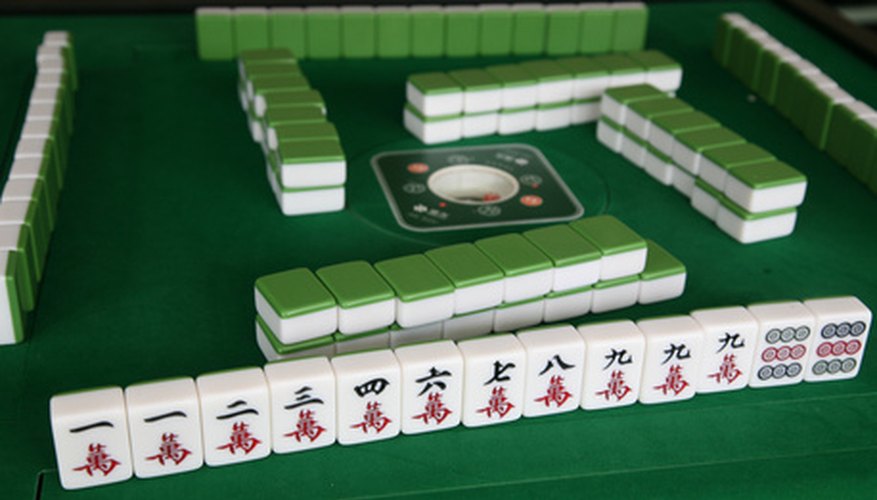In Chinese culture, the 60th birthday is a landmark life event and worthy of celebration. There are very specific symbols and traditions associated with a 60th birthday. Officially, it is the first birthday to be marked by pomp and ceremony during a lifetime. Celebrations also highlight subsequent decades, starting from the 70th birthday.
Astrological Time Frame
The Chinese zodiac consists of 12 creatures--namely, the rat, ox, tiger, rabbit, dragon, snake, horse, ram, monkey, rooster, dog and pig. Each creature reflects one of the natural elements of wood, fire, earth, metal and water. The 12 creatures multiplied by the 5 elements equals 60, an auspicious number in Chinese culture. Chinese astrologers consider the age of 60 to be the completion of one life cycle. Those who achieve the plateau of 60 years begin a new life cycle at that point.
- The Chinese zodiac consists of 12 creatures--namely, the rat, ox, tiger, rabbit, dragon, snake, horse, ram, monkey, rooster, dog and pig.
- The 12 creatures multiplied by the 5 elements equals 60, an auspicious number in Chinese culture.
Traditional Features

Traditionally, a 60th birthday party is a major occasion in Chinese culture. The oldest children customarily organise a special celebration for their parents, at which family and friends gather to share the joy and to show their respect. Parties often take place in restaurants, preceded by games of mahjong before everyone sits down to enjoy the birthday meal. An appropriate menu must include noodles, which represent a long life. "Fake" peaches are also a must. They are usually steamed delicacies with sweet fillings and shaped like peaches. A good brandy is the ideal birthday gift and the drink of choice for toasts.
- Traditionally, a 60th birthday party is a major occasion in Chinese culture.
- The oldest children customarily organise a special celebration for their parents, at which family and friends gather to share the joy and to show their respect.
Symbolic Significance
According to Chinese tradition, there are three star gods named "Fuk Luk Sau" who together represent blessings, prosperity and longevity. "Sau" or "Shou Xing" is the venerable god of longevity, usually portrayed with a prominent bald head and a long beard. He carries a staff, a gourd and a peach, symbols of immortality. Shou Xing holds the decision making power of mortal lifespan, according to Chinese customary beliefs. Therefore, birthday celebrations for people of 60 years or older often include the likeness of Shou Xing in some form, whether as a statue or painting or even on the face of a birthday cake, an indication of respect and reverence.
- According to Chinese tradition, there are three star gods named "Fuk Luk Sau" who together represent blessings, prosperity and longevity. "
- Sau" or "Shou Xing" is the venerable god of longevity, usually portrayed with a prominent bald head and a long beard.
Historical Commemoration
A set of historic commemorative stamps reflects the importance of the 60th birthday in Chinese culture. It was the first commemorative sheet of Chinese stamps, issued in November 1884. These stamps honoured the 60th birthday of the Empress Dowager Cixi. Known as "long life" stamps, this set comprises 9 face value stamps. The illustrations on these stamps include a dragon, a carp, a sailing boat, a peony, an evergreen, a peach and the Chinese character for longevity.
- A set of historic commemorative stamps reflects the importance of the 60th birthday in Chinese culture.
Venerable Benefits
To celebrate the 60th birthday of Snoopy, the lovable beagle character created by Charles M. Schulz (1922 to 2000), a Chinese edition of the comic strip appeared in Beijing in 2010. The Chinese edition features some of the most popular cartoons of the last 50 years together with Schulz's personal observations.
